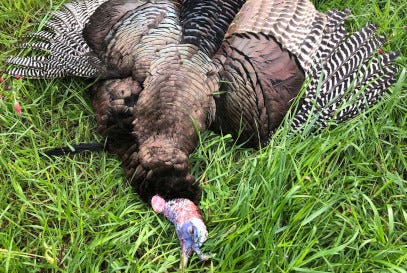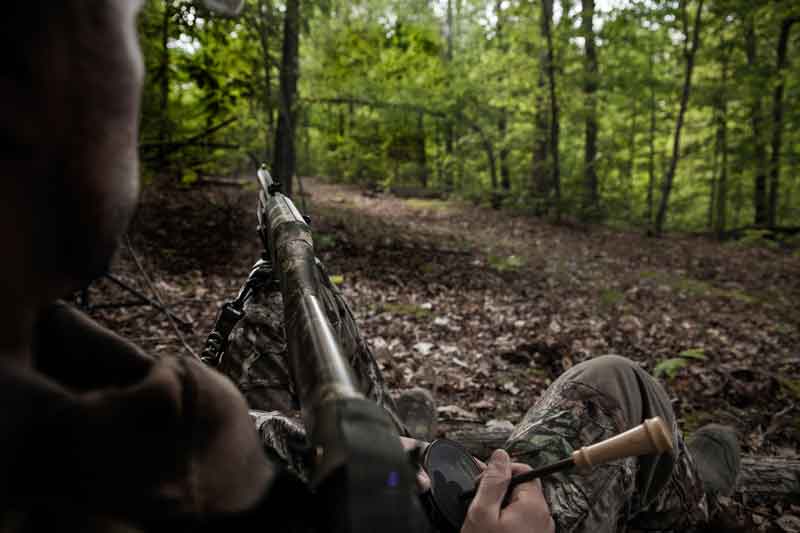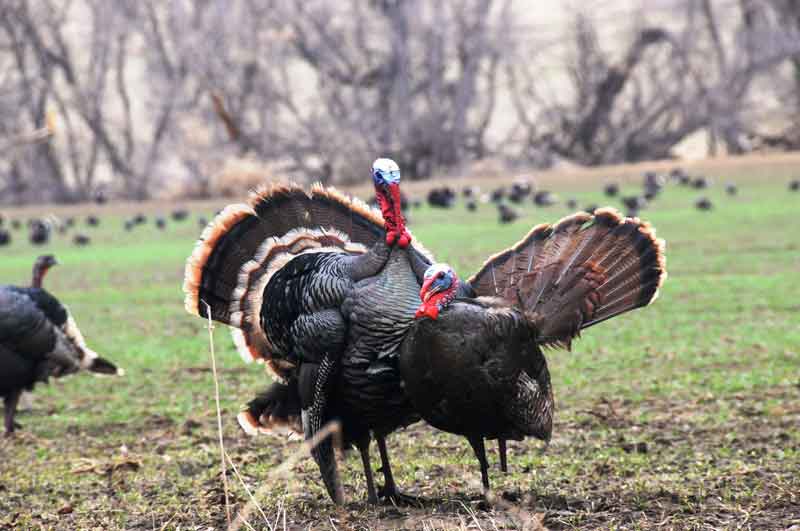- Feb 18, 2016
Preseason Wildlife Management for Turkeys
In a few weeks Toms will be gobbling and strutting and you’ll be chasing turkeys through the woods and fields, but right now there are some important management chores to get done.
Soil Samples: Few management practices take up more time and money on a hunting property than food plots. To ensure that you get the biggest return on your investment and to make sure the wildlife have the most attractive and nutritious groceries available, you need to test your soil. Late winter and early spring is the best time to do this. Your soil analysis will tell you how much lime and fertilizer your plots will need. Agricultural lime takes months to break down and adjust your soil’s pH. Spreading your lime in the spring will ensure your fall plantings will be the best they can be.
Prescribed Fire: When used properly, fire is one of the most economical and valuable tools for improving habitat for wildlife and timber management. Low-intensity prescribed fires clear dead brush (fuel) from the forest floor, resets plant succession for improved wildlife habitat, release nutrients, control woody plants, expose soil to sunlight for a burst of tender, beneficial native plants that wildlife feed on and later bed/nest in. Not only is prescribed fire cheaper than bush hogging, but it doesn’t leave behind the dead litter, which the fire consumes.
Frost Seeding: Save gas money and time by frost seeding your perennial clover plots now. Frost seeding utilizes the freezing and thawing of the top layer of soil. As the moist top layer of soil freezes at night, it elevates the loose top soil with ice and then as the ice melts the next day it layers it back down on the ground. Using cool-season seeds like clover, you can spread the seed on the thinning areas of your clover plots in late winter and early spring and the freeze-thaw cycle will lightly cover the seeds prior to the spring green up when they will germinate. You can also plant entire plots with alfalfa, chicory, oats, winter wheat, rye and other cool season crops by killing the exiting vegetation with glyphosate in the fall. Then frost seed at the recommended broadcast rate in the late winter for lush, attractive food plots to turkey hunt in this spring.
Maintain Nesting Habitat: You’ll want to be sure to leave quality nesting habitat available through late June. New clear-cuts, overgrown pastures, etc., are ideal nesting habitat. The best way to ensure you have plenty of nesting cover is to rotate your prescribed fire in a patchwork throughout the property. Burn one or more sections of land this year, while leaving remaining sections untouched for the next two to three years. This patchwork affect holds and maintains more wildlife on your property while allowing you to burn specific sections annually, but also keeping ideal habitat for ground-nesting birds like turkey and quail. Once turkeys start nesting, be sure not to burn or mow down any pastures or fields until after June when poults will be hatched and on their feet.
Fertilize Native Browse: spring is an excellent time to fertilize mast-producing trees and native browse like honeysuckle and briar patches. Turkey and deer feed heavily on native browse and mast and adding a dose of 10-10-10 or 15-15-15 fertilizer to these trees and plants will not only make them grow more, but make the plant and mast more attractive and beneficial to wildlife.
Late winter and early spring are the ideal times for these land management chores. Do these now and your property will be a turkey magnet year-round.



